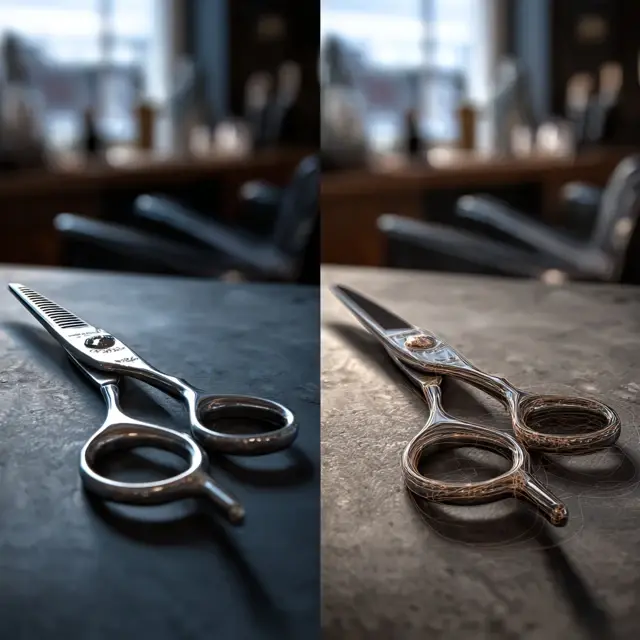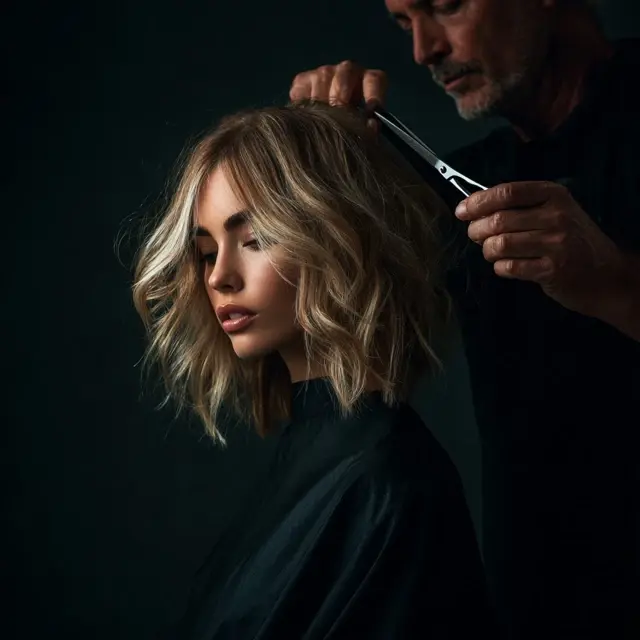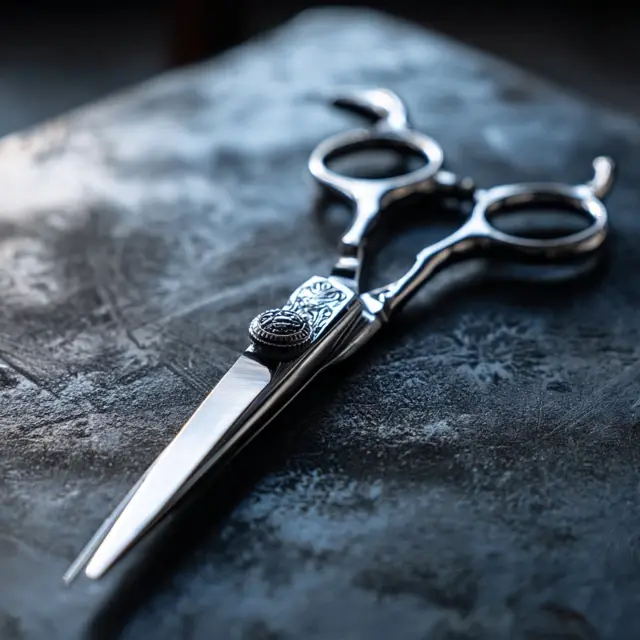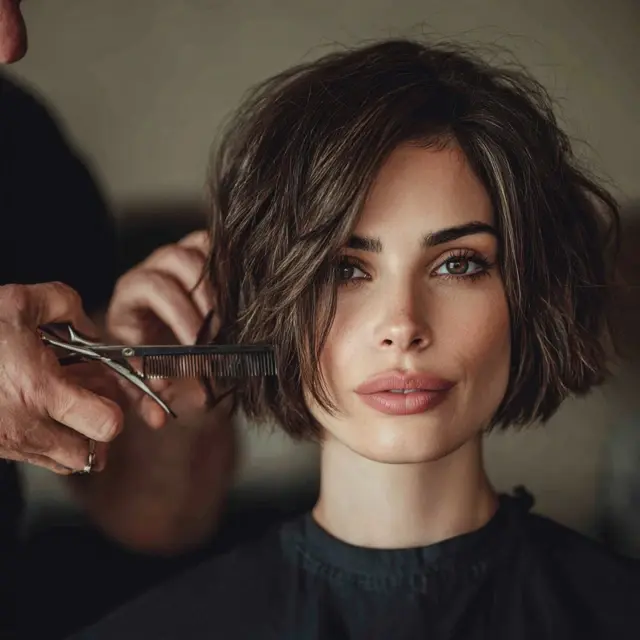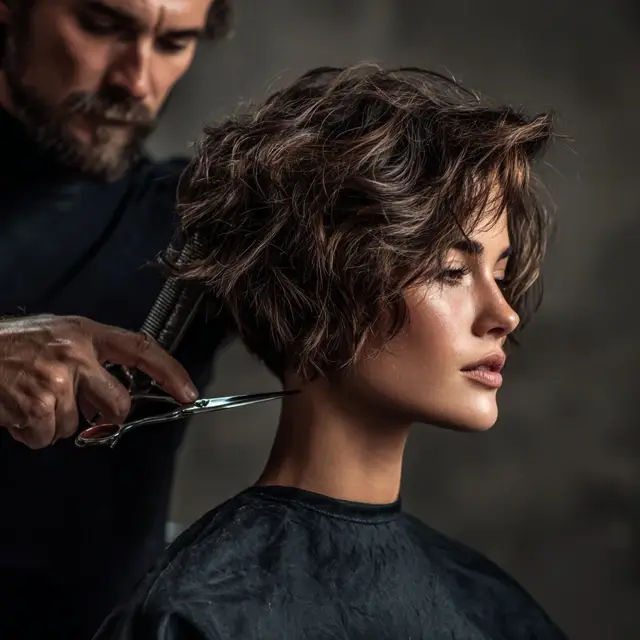Texturizing Scissors vs. Thinning Shears: Key Differences
Stylists often rely on specialized tools to achieve polished results. Among the most versatile are thinning shears and texturizing scissors. While both fall under the category of professional hair scissors, their purpose, design, and results differ significantly. Understanding these differences helps professionals choose the right tool for each cut.
What Are Thinning Shears?
Thinning shears are designed with fine teeth on one blade and a smooth edge on the other. They remove bulk evenly across a section of hair, making them ideal for:
- Reducing density in thick hair
- Blending layers smoothly
- Softening blunt ends
- Creating lightweight finishes without altering shape
What Are Texturizing Scissors?
Texturizing scissors, also known as chunking shears, usually have fewer and wider-spaced teeth. Unlike thinning shears, they cut larger sections of hair, leaving behind choppier, more noticeable texture. These are best for:
- Adding movement and dimension
- Creating airy, layered styles
- Blending heavy lines for modern looks
- Crafting bold, texturized finishes
Key Differences Between the Two
1. Tooth Count and Design
Thinning shears often feature 30–40 fine teeth for subtle blending, while texturizing scissors have 5–20 teeth designed for chunkier removal and dramatic texture.
2. The Finish
Thinning shears deliver smooth, invisible transitions. Texturizing scissors, on the other hand, leave behind visible separation for edgy, modern effects.
3. Hair Type Suitability
Clients with very thick or heavy hair benefit from thinning shears to manage bulk. Texturizing scissors shine when working with straight or fine hair that needs added movement and depth.
4. When to Use Each Tool
Thinning shears are perfect for finishing a haircut with a natural look. Texturizing scissors are best used during the creative phase to build a haircut’s character and energy.
Practical Applications for Stylists
- Thinning shears: Ideal for men’s fades, softening bobs, and blending extensions.
- Texturizing scissors: Perfect for creating beachy waves, textured pixies, or shaggy layers.
Tips for Effective Use
- Choose scissors based on the desired outcome—soft vs. bold.
- Avoid overuse; excessive cutting can create gaps or unevenness.
- Combine both tools with professional hair scissors for shaping and precision before refining with texturizing or thinning shears.
- Work on dry hair when adding texture to better visualize the effect.
Conclusion
Though similar in design, thinning shears and texturizing scissors serve distinct purposes in hairstyling. Thinning shears refine and soften, while texturizing scissors add edge and dimension. Mastery of both ensures stylists can meet client expectations, whether the goal is a seamless blend or a bold, textured finish.
